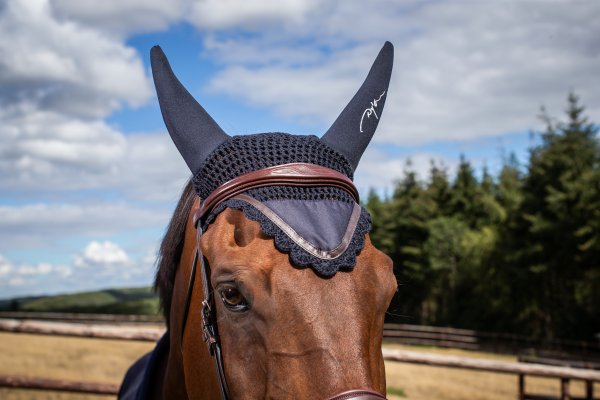For many equestrians, learning how to slow a horse down without pulling on reins can be quite challenging. Yet, it’s essential to the harmonious training and safety of both horse and rider.
Indeed, the use of reins serves a specific purpose. However, it should never be a rider’s only tool to manage the horse’s pace. It is necessary to understand different techniques to maintain control and enhance communication with your horse.

Why It’s Important to Avoid Pulling on Reins
Pulling on the reins incessantly can create tension and discomfort for the horse. This can result in negative associations with the bit and, ultimately, create more behavioral problems.

Building Trust and Communication
Effective communication with a horse begins with trust. Building a relationship based on mutual respect is vital. When the horse trusts the rider, they are more likely to respond positively to commands.
Using Voice Commands
Voice commands can be a simple yet effective way to slow a horse down. For example, using a calm and gentle tone to say ‘whoa’ can often bring the horse to a slower pace or complete stop.
Body Position and Balance
The rider’s body position and balance play an integral role in controlling the horse’s speed. By leaning back slightly and shifting your weight, you can signal the horse to slow down naturally.

Training Techniques
Groundwork Exercises
Groundwork exercises are essential in training horses to respond to more subtle cues. Working on the ground allows you to establish control and communication without the immediate reliance on reins.
Using Natural Aids
Natural aids, such as the legs, seat, and voice, should always come before reins. Practicing these aids allows you to guide the horse more naturally and humanely.

Recognizing the Horse’s Needs
Physical Comfort
Ensuring the physical comfort of your horse is critical. Discomfort from the saddle or other riding gear can cause the horse to act out or speed up unexpectedly. Regular checks and adjustments are necessary.
Mental State
Much like humans, horses can also experience mental stress. A relaxed and happy horse is more likely to respond well to commands and less likely to rush. Paying attention to your horse’s mental state is essential.
Consistency in Training
Consistency is crucial in helping the horse understand and respond to commands. Regular practice reinforces the desired behavior and makes it more likely the horse will comply.
Repetition and Patience
Using patience and repetition in training can build the horse’s confidence and create a stronger connection between cue and response.
Advanced Techniques
Collecting the Horse
Advanced riders might use the technique of collecting the horse. This involves engaging the horse’s hindquarters and using your body to help the horse to carry more weight on its back end, naturally slowing down their pace.
Lunging
Lunging is another technique to use when teaching a horse to slow down. It allows the horse to learn cues from a distance and enhances their understanding without the immediate pressure of a rider.
Creating a Calm Riding Environment
A calm and serene environment can help horses stay relaxed.
Minimizing Distractions
Ensure that your training area is free from unnecessary distractions. Horses pay attention to their surroundings, and a calm environment will help them focus on the rider’s cues.
Using Positive Reinforcement
Positive reinforcement, such as treats or praise, can motivate the horse to perform as desired. It helps strengthen the association between the action and reward.
Common Mistakes to Avoid
Over-Reliance on Reins
Over-reliance on reins is a common mistake. This can lead to an unbalanced rider and a horse that does not respond well to more subtle cues.
Ignoring Horse’s Signals
Another common mistake is to ignore the horse’s signals. Horses communicate through their behavior, and understanding these signals is key to a successful training relationship.
Conclusion
Learning how to slow a horse down without pulling on reins is a valuable skill for every rider. It fosters a healthier, more respectful relationship between horse and rider, leading to better communication and control.
Frequently Asked Questions
1. What is the best way to slow a horse without using reins?
Using voice commands, shifting your weight, and practicing groundwork can help slow a horse without using reins.
2. How can I tell if my horse is stressed?
Signs of a stressed horse include erratic behavior, sweating, and reluctance to follow commands. Ensuring the horse’s mental and physical comfort is crucial.
3. How important is consistency in training?
Consistency is vital. Regular practice helps the horse understand and respond appropriately to commands.
As an Amazon Associate, I earn from qualifying purchases.